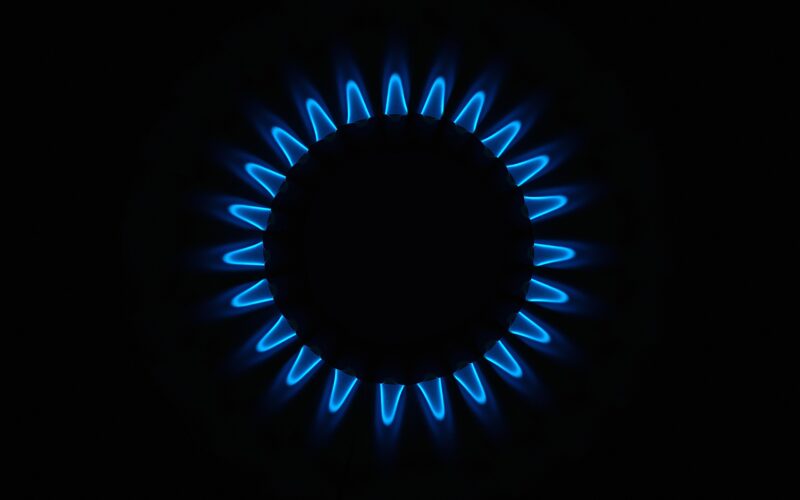Over the last three years alone, more than forty countries have developed a Hydrogen Strategy which aims to decarbonize energy emissions while providing a boost to their local economies. All of the strategies are based around the concept of manufacturing hydrogen or using manufactured hydrogen. This strategic position is underpinned by the ‘fact’ that…
“Pure hydrogen is not found naturally on Earth” Australian National Hydrogen Strategy 2019
“Hydrogen…is rarely found in its natural state on earth” Hydrogen Strategy for Canada 2020
“There are almost no abundant natural sources of pure hydrogen” UK Hydrogen Strategy 2021
But in 2020, Dr Viacheslav Zgonnik published a review of academic literature showing that “molecular hydrogen is much more widespread in nature than previously thought”.
Zgonnik’s works inspired an avalanche of renewed interest in finding natural hydrogen (sometimes called geological hydrogen or white hydrogen)
“If you add up the amount of hydrogen we think might be trapped in reservoirs, plus the amount that might be produced directly as it is generated, and the amount that could be made through stimulation, you get a very large potential resource”, said Dr Geoffrey Ellis of the United States Geological Survey (USGS) in April 2023 – probably enough to power the global economy for centuries.
There are three main ways that natural hydrogen is formed: Through radiolysis, in which radioactive elements in rocks split water; through serpentinization, where iron-rich rocks react with hot water; or from deep formations where hydrogen originates in the molten core and seeps into the earth’s crust.
To extract the hydrogen one needs to either tap into hydrogen trapped in geologic formations, or to harvest directly from seeps or rocks generating hydrogen. Unlike oil or gas, these methods offer the potential for ongoing sustainable production.
Proponents of natural hydrogen point to the experience in Mali where hydrogen is harvested at 98% concentration from a well to provide light and power to a nearby village. And news of additional finds is mushrooming. A large discovery in the Lorraine region of France prompted President Macron in December 2023 to state that “we are going to provide massive funding to explore the potential of…natural hydrogen.”
Also in 2023, a large deposit was identified in Spain. And in Australia, recent drilling confirmed the presence of 82% hydrogen in an exploration well. Promising wells have also been developed in Nebraska.
Its early days yet. These finds still have to demonstrate their ability to keep producing economic quantities of hydrogen for a sustained period. Then there’s the technical challenges of storage and transport.
Nevertheless, natural hydrogen offers the potential for sub-US$1.00/kg hydrogen, a highly attractive cost relative to green hydrogen and even to natural gas as outlined in my previous post on hydrogen.
If this can be achieved then it would set up a potential disruption of the oil and gas industry with benefits for the climate and consumers alike. The USGS is due to publish a global resource potential map in 2024. We’ll be watching for this and other developments with interest.
The writer is a co-author of Court of the Grandchildren, a novel set in 2050s America.
Image by Gerd Altmann via Pixabay
